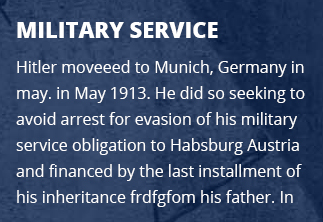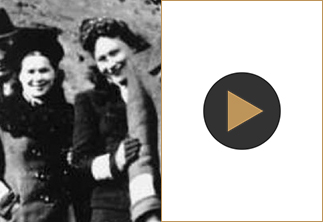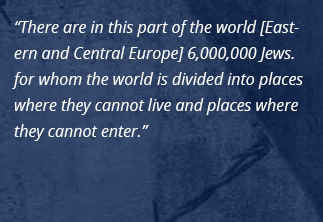Jeanne Daman-Scaglione-Belgium-Stories of Women Who Rescued Jews During the Holocaust
In 1942 Jeanne Daman was a young teacher in Brussels at a time when the Jewish community was setting up its own kindergartens, after the children were no longer allowed to attend school together with non-Jewish pupils. Fela Perelman, a leading figure in the organized rescue efforts for Jewish children, needed trained and qualified personnel for the many children who were left without schools, and upon the recommendations of Mr. Tits, director-general of educational services in Brussels, she asked Daman to join the staff of her school “Nos Petits”, with some 325 children. Soon she began to take an active part in the rescue of Jewish children.

Daman was a Catholic and had previously not known any Jews, but she had grown up with a strong sense of ‘right and wrong’. She decided to respond positively to the invitation to join Perelman and assist Jewish children, especially after observing that the Jewish community was becoming increasingly isolated by the acts of discrimination against them. She became head mistress of Nos Petits in rue de la Roue where she witnessed the mass arrest of Jews coupled with the brutality shown towards them. This experience was to change her life.
Every school day some children were found to be absent, as it turned out that the families were rounded up. Other children became instant orphans, when their parents were taken away while they were at school. Mothers who foresaw the worst, approached the school for assistance.

Soon it became clear that the school had to be closed in order to save the children, and that the children were to be moved to private Belgian families. Contact was made with the ONE (l’Oeuvre Nationale de l’Enfance), mostly in the person of Nelly Lameere, Mrs. Volon, (an assistant of Yvonne Nevejean, director of the children’s chain of vacation homes) and Jean Herinckx, (mayor of Uccle, with whom there was daily contact). Thanks to their cooperation, Daman was able to whisk the children to safety.
After the Jewish school was closed by the authorities, Daman was asked by Perelman to continue her rescue efforts, now of a clandestine nature. An ever-increasing number of children became instant orphans and someone had to accompany them to their hiding places. Daman often escorted them and kept in touch with them continuously. She traveled all over Belgium, for example, to see Father Rausch in Felenne, in the southern part of the Namur province on the French border, who had taken in fifty of these children. The work became increasingly secretive, and sometimes she had to collect children at tram-stops.

As the roundups became more frequent, Perelman and Daman also dealt with adults who needed shelter; they developed a network of Jewish women placed as maids in Belgian households. Daman took them to their future employers and provided them with false identity papers and ration cards, which she usually received from Perelman’s husband, Chaim. The placements did not always turn out well and often had to be changed. Daman also tried to relay information to these women about their children who were in hiding elsewhere.
Perelman (who was called Dumont during the war) introduced Daman to Albert Domb of the Jewish underground, who asked her to assist with the liquidation of collaborators. Jeanne was asked to coordinate the timing and to track down the whereabouts of these people. Jeanne then assumed a new identity and became a social worker with the Secours d’Hiver (Winter Help, a welfare organization set up by the Germans). Her new connections and her uniform opened new doors to her.
Towards the end of the war she also became involved with the illegal work of the MRB (Mouvement Royal Belge), which dealt with operations prior to the liberation, and for which she used to transport arms on her bike. As an Intelligence agent she was active in the Brussels corps of the Armée Belge des Partisans (Belgian Partisans Army).
After the war, she assisted in returning young Jewish orphans to their families and helped with the special care of those children who had returned from the camps. In 1946 she left for the United States and helped with fundraising for Israel through the UJA (United Jewish Appeal). On October 12, 1980 she received the ‘Entr’aide’ medal from the Belgian Jewish Committee 1940-45, under the patronage of the King of Belgium.
On February 2, 1971, Yad Vashem Recognized Jean Daman-Scaglione as Righteous Among the Nations.





